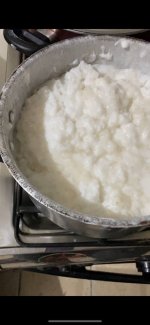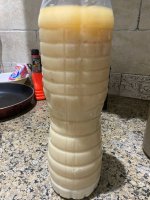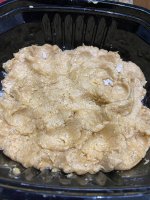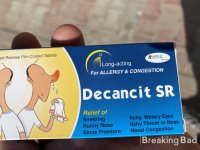Separating ibuprofen from pseudoephedrine should be fairly simple, as ibuprofen is a carboxylic acid whereas pseudoephedrine is an amine. The pseudoephedrine will be water-soluble in acidic water, while the ibuprofen will not. If the pka of ibuprofen is between 4-5, you'll want a rather acidic solution to convert most of it to its free acid form; a pH of 3 should do nicely. This low pH can be achieved easily with hydrochloric (muriatic acid). Polyethylene glycol is water-soluble polymer, you can extract pseudo from water with help of ether or petroleum ether.
Last edited by a moderator:





